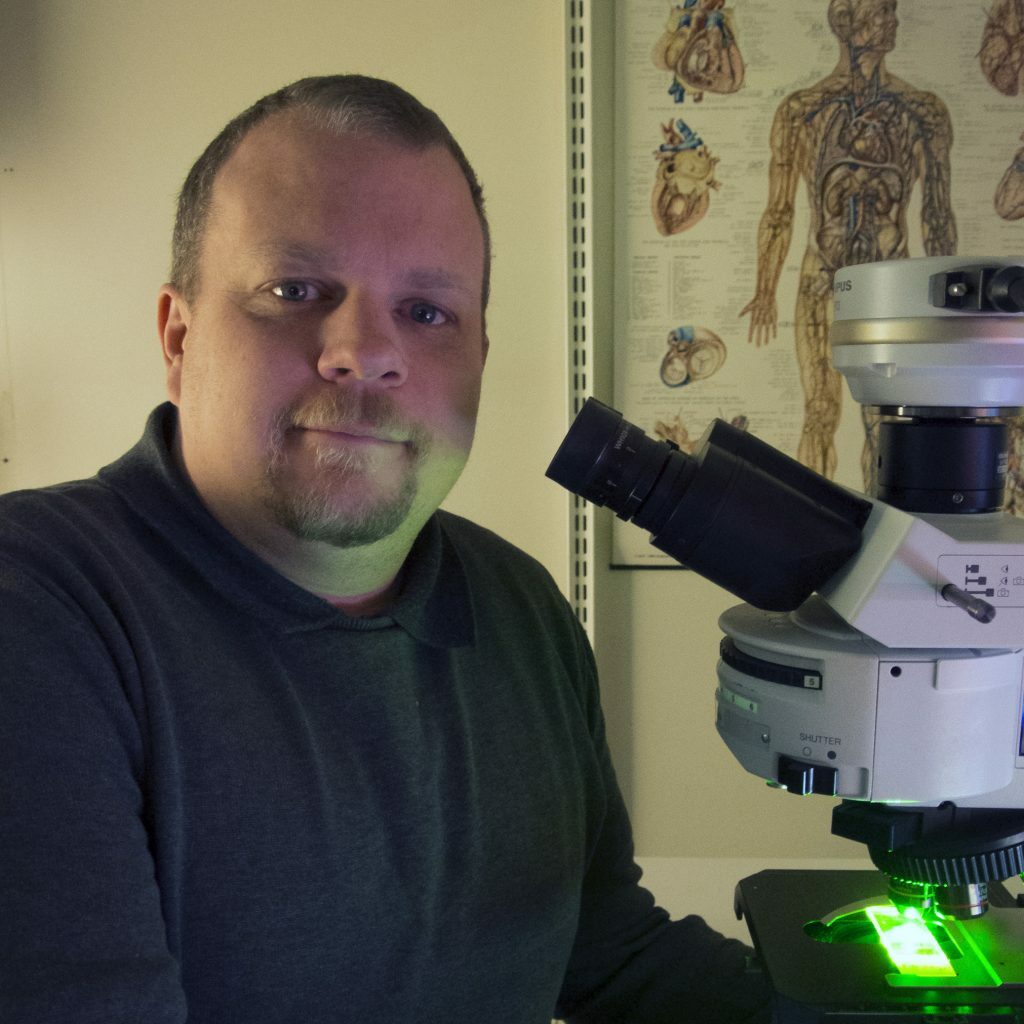Better burn care with autologous skin constructs
Senior researcher Johan Junker receives 8 million Swedish kronor funding from the Erling-Perssons Foundation, for research on skin biofabrication and transplantation for the treatment of burn wounds.
Globally, burn wounds are the fourth most prevalent type of trauma. According to WHO 11 million patients seek care for burn wounds yearly, and 180,000 of them die. Today, large burn wounds are treated with split thickness skin grafts (where a healthy part of the skin is moved to the wounded area) or with cultured autologous cells from the patient. The project will develop and improve methods for transplantation, methods that will support the regeneration of the skin with all its components that have been affected by the burn injury; e.g. the dermis is a complex structure containing multiple cell types with different functions such as innervation, sweat glands, hair follicles and vascular networks.
Researchers aim to develop methods to create novel skin based on the principle of creating a larger construct built up by smaller tissue units. The tissue units will be generated by culturing the different cell types of the skin on porous collagen beads, or by creating skin transplants on a micro meter scale from the patient. Both approaches are minimally invasive to the patient’s healthy skin at the donor site. The tissue units are then combined with a supporting biomaterial with the aid of 3D printing, to form a complex, biomimetic and autologous skin construct. Using the precision of 3D printing and small tissue units to build intricate tissue systems could lead to a breakthrough in the methodology to create skin in vitro that enables wound healing and regeneration of the skin and its functions.

The project is a collaboration with professor Gunnar Kratz (Department of Hand and Plastic Surgery, Linköping University hospital), professor Daniel Aili (Department of Physics, Chemistry and Biology, Linköping University) and professor Lars Kölby (Department of Plastic Surgery, Sahlgrenska University hospital, Gothenburg).